Airway issues and oral dysfunction are critically important to address. Early intervention is key, and often involves addressing issues that reside at the palate level. The roof of the mouth IS the floor of the nose… a narrow palate not only is a risk factor for dental problems (crowded teeth, gum and bone issues, TMJ pain) but also makes it harder to breathe through the nose by providing a narrow base of the nose! A narrow base of the nose comes with a high likelihood of a deviated nasal septum, limiting the needed space to optimally breathe from the nose.
Palatal development starts incredibly early. Most research states that during the embryonic stage, around five weeks into a person’s pregnancy, is when the primary palate is formed. By about week 12 of a pregnancy, the secondary palate is formed and the palate has reached completion.
But don’t worry, your airway fate isn’t sealed forever.
That being said, it’s essential that children born with deficient palates are monitored for development. In many cases, myofunctional therapy is the path of least resistance. By retraining proper oral habits and nasal breathing patterns, narrowed palates can be overcome without orthodontic interventions. A myofunctional therapist can work with you and your child to take steps toward closed mouth posture, keeping teeth together, and suctioning the tongue to the roof of the mouth. Over time, the amazing tongue muscle expands the size of the palate naturally. This is especially true if addressed in childhood, when the soft tissues are malleable and conducive to change during the growth process.
In other cases, an ortho intervention may be needed. This involves your dentist placing an appliance in the child’s mouth over a period of time. Labs today can create both permanent and removable palate expanders that allow the parent to gradually, over time mechanically expand the palate. It’s a painless endeavor that yields dependable results. But don’t forget, the appliance doesn’t stay in forever – it’s essential to supplement the expander with exercises that retrain the tongue. It will serve the role of maintaining palatal space once the appliance is removed.
Palate expansion must take place, and the question is whether the tongue can do the hard work or if an appliance is needed. If you have questions, we’d love to talk about this critical step. Feel free to reach out any time if you’d like to learn more!





